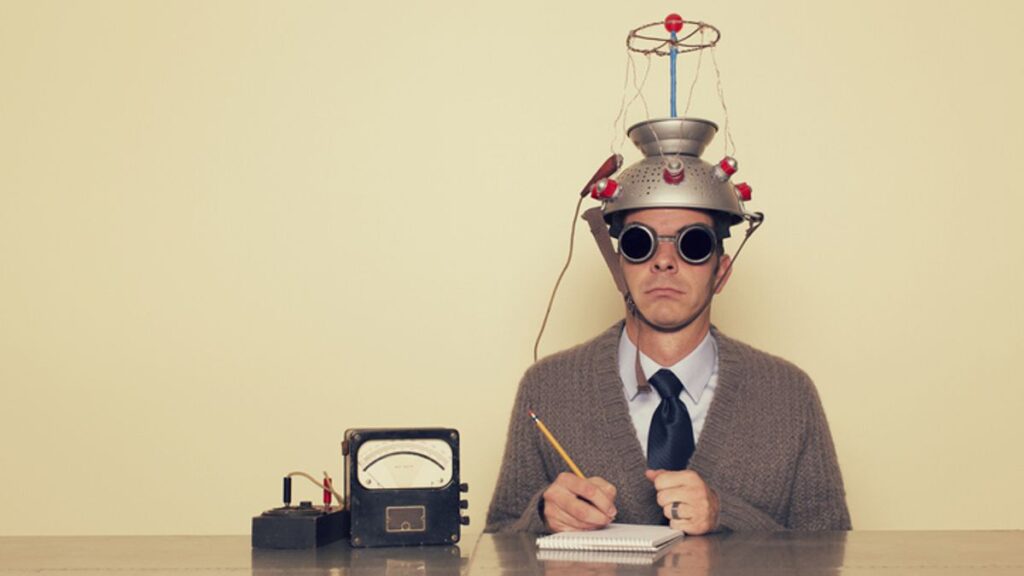
Melancholy is part of the human condition. Neural implants can fix that.
36 year-old woman who suffered from life-long depression, known only as “Sarah,” appears to have been cured by a digital brain implant. Unable to alleviate her chronic sadness with counseling or pills, she became the first person to overcome the trance of sorrow through transhumanist innovation.
Deep sadness is as old as attachment and loss. Jacob was inconsolable when he thought his son Joseph had been devoured by a wild animal. Gilgamesh called on every creature to mourn when his best friend Enkidu succumbed to an illness sent by the gods. This emotional vulnerability, oftentimes fatal in itself, extends out into the entire mammalian world. The Buddha called it dukka, or “suffering.”
Even sea turtles cry when they crawl out on land. Biologists say the tears merely protect their eyes, but who knows? Maybe it’s heartbroken turtles all the way down.
Soon, we may finally be free. In a purely material world—bereft of miracles, spiritual enlightenment, or divine grace—modern medicine offers better living through brain chips.
Happiness is a Warm Electrode
Last year, scientists at the University of California, San Francisco began their project by mapping the unique neurological correlates of Sarah’s depressive states. They inserted ten electrodes into her brain, and after ten days of “stimulus-response mapping of emotional circuitry”—coupled with non-invasive deep brain stimulation—they were able to identify both the source and the solution.
Science News reports:
During this mapping phase of the experiment, Sarah felt joy when the right spot was stimulated. “I laughed out loud,” she said in the briefing. “This was the first time I had spontaneously laughed and smiled where it wasn’t faked or forced in five years.”
The team concluded that Sarah’s crushing unease came from overactive gamma waves in her amygdala, part of the brain’s reptilian core. They also discovered her sadness could be alleviated by applying electrical stimulation to her striatum, a limbic structure implicated in reward experiences. Striatal activity radiates outward to distant regions of the brain, with varying effects in different people.
Having mapped the territory using machine learning processes, neurosurgeons set to work refashioning the landscape. They installed a Neuropace RNS System on top of the woman’s skull. The device resembles a flat desktop mouse with two wires coming out.
Surgeons inserted these two leads into her gray matter. One electrode detects activity in her amygdala. The other stimulates her striatum in response. Through this closed-loop system, Sarah’s major depressive disorder appears to be healed. It’s another milestone in the merging of frail humans with the indomitable Machine.
“As time has gone on, it’s been this virtuous cycle, a spiral upwards,” Sarah said. “Everything has gotten easier and easier.”
The results of this sixteen month trial were published in Nature Medicine.
By Joe Allen







